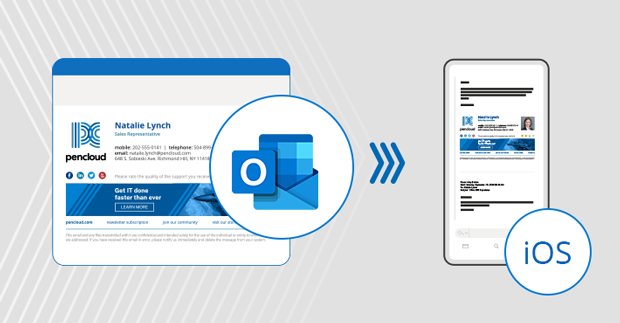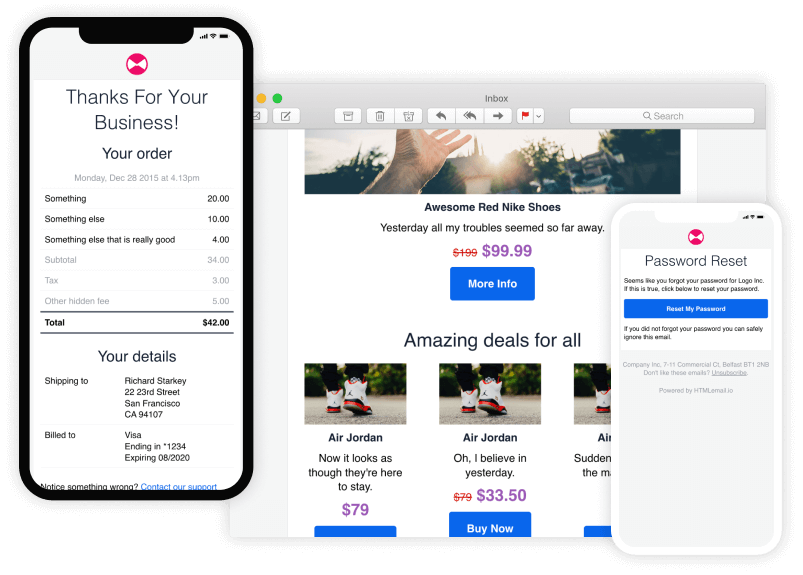

If you want Outlook to send out the email you have just created automatically, you can add the following line to the code posted above. In order to do that, you’ll need to leverage the method CreateItemFromTemplate and specify the location of your Outlook template file (*. Body = "Insert your email text body here"Īdvanced Note: You are able to use predefined Outlook templates when defining new emails with VBA. 'Set your new message to, subject, body text and cc fields. Set MyEmail = Application.CreateItem(olMailItem) ' Create a new Outlook message item programatically Finally it displays the message in Outlook so you can review and send it manually. The script starts by creating an Outlook mail item, then it sets the to, subject, body text and CC fields. This simple snippet creates a new email message item programmatically. Useful Outlook VBA examples Create an email message
#How to send html email in outlook 2016 how to#
How to setup the developer tab in Outlook? Never copy VBA code from unknown resources. Note: Read on for some simple code examples to get you started with VBA. This will bring you back to your Outlook user interface.

Next, we’ll go ahead and define a shortcut icon for our macro in the Quick Access Toolbar.This will help you to grasp the Macro development basics and allow you to write simple macros.


Based on feedback we got, after going though this tutorial, you should be able to develop and run simple VBA macros for Outlook. We will focus on exploring the basics of Outlook VBA for beginners, learn to write macros and then look into some more advanced useful macro ideas. In this tutorial, we wanted to provide the web’s most complete Macro development resource for Outlook. We refer to these small VBA programs as Macros. In Microsoft Office, we use Visual Basic for Applications (VBA) for creating custom programs that enhance Office’s basic functionality and help save time by automating repetitive tasks.


 0 kommentar(er)
0 kommentar(er)
